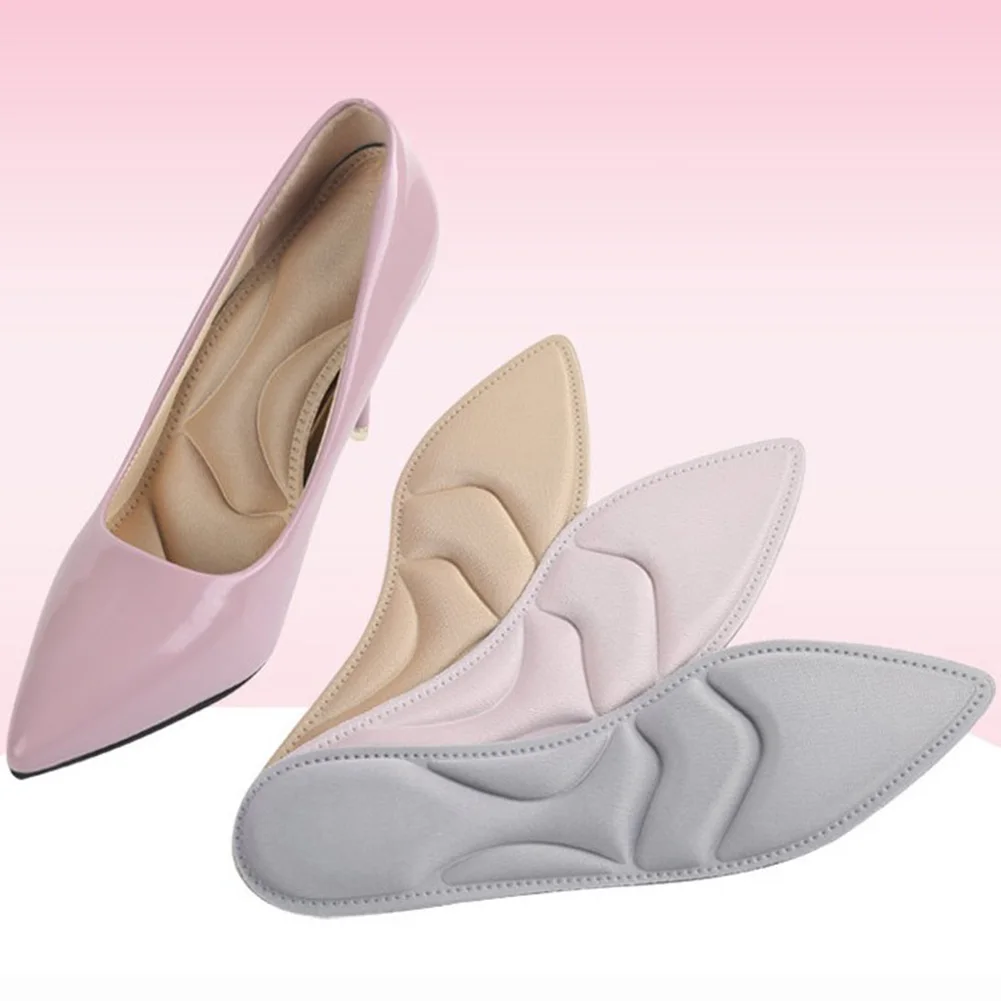


When shopping for the right insoles, it’s essential to get the ones that treat the concerned condition. While regular insoles are simply made with a few layers of padding or gel, plantar fasciitis insoles provide the wearer with extra support in the heel, shock absorption, and help to evenly distribute the stress on your feet so that it’s not concentrated in the heel. However, not all heel cups are built to last. Luckily, most stores carry some form of heel cup for those looking for some immediate relief. They are inserted in the back of your shoes, and once installed, they are virtually unnoticeable. These are small shoe inserts that are designed to help provide extra support to the heel of the foot. The good news? While they share several similarities, they are quite easy to tell apart: Heel Cups However, many often confuse the differences and benefits of heel cups and full-length insoles. The simplicity of this treatment option is very appealing. However, heel cups and full-length insoles are considered the simplest treatment options since they can be fitted to the individual. Insoles for plantar fasciitis come in various forms.
ARCH SUPPORT INSERTS FOR HEELS FULL
That snug fit will help keep your foot stable and supported, he explains.Table of contents What’s the difference Between a heel cup and full-length insole? Heel Cups Full Length Insoles Which insole is right for me? Choosing the Right Plantar Fasciitis Insole for Your Foot Pain What’s the Difference Between a Heel Cup and Full-Length Insole? What should you look for in an insole?Īn over-the-counter (OTC) insole should have a heel cup that sits directly under your heel and is deep enough to hug the sides of it, Erik Sims, DPM, managing partner at Sims & Associates Podiatry in New York, tells SELF.
If you deal with any of these discomforts, an insole could help provide more support and stability-and hopefully relieve some of your pain, Alissa Kuizinas, DPM, a podiatrist at Wellness in Motion Boston, tells SELF.

And flat feet can cause your ankles and lower legs to roll inward, which can lead to shin splints (especially if you’re a runner). They may also increase your likelihood of developing calluses, as the inside of your foot has a greater tendency to rub and chafe against your shoes. That said, if you sit or stand for long periods of time, flat feet can contribute to pain in your hips, knees, and arches. Are insoles helpful for flat feet?įor most people, having flat feet isn’t a major problem, Nelya Lobkova, DPM, a surgical podiatrist and founder of Tribeca Podiatry in New York City, tells SELF. Sometimes, the solution is as simple as adding a high-quality insole to your footwear. Not to mention, it’s beyond frustrating when you buy a pair you really like, only to realize it doesn’t provide enough support for your arches. Whether you’ve had flat feet all your life, or developed them as the result of injury or pregnancy, you know how difficult it can be to find a shoe that fits and actually feels good.


 0 kommentar(er)
0 kommentar(er)
